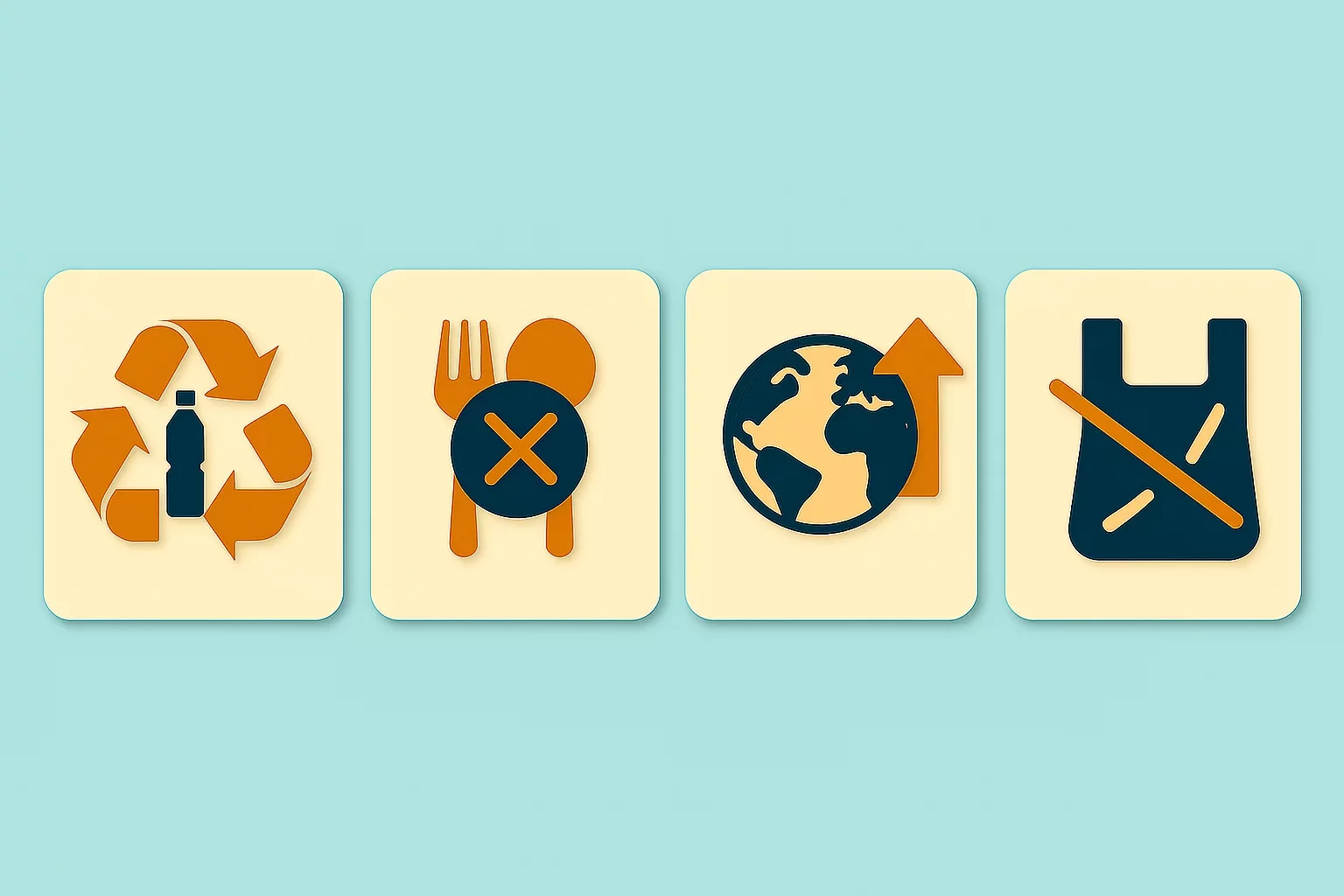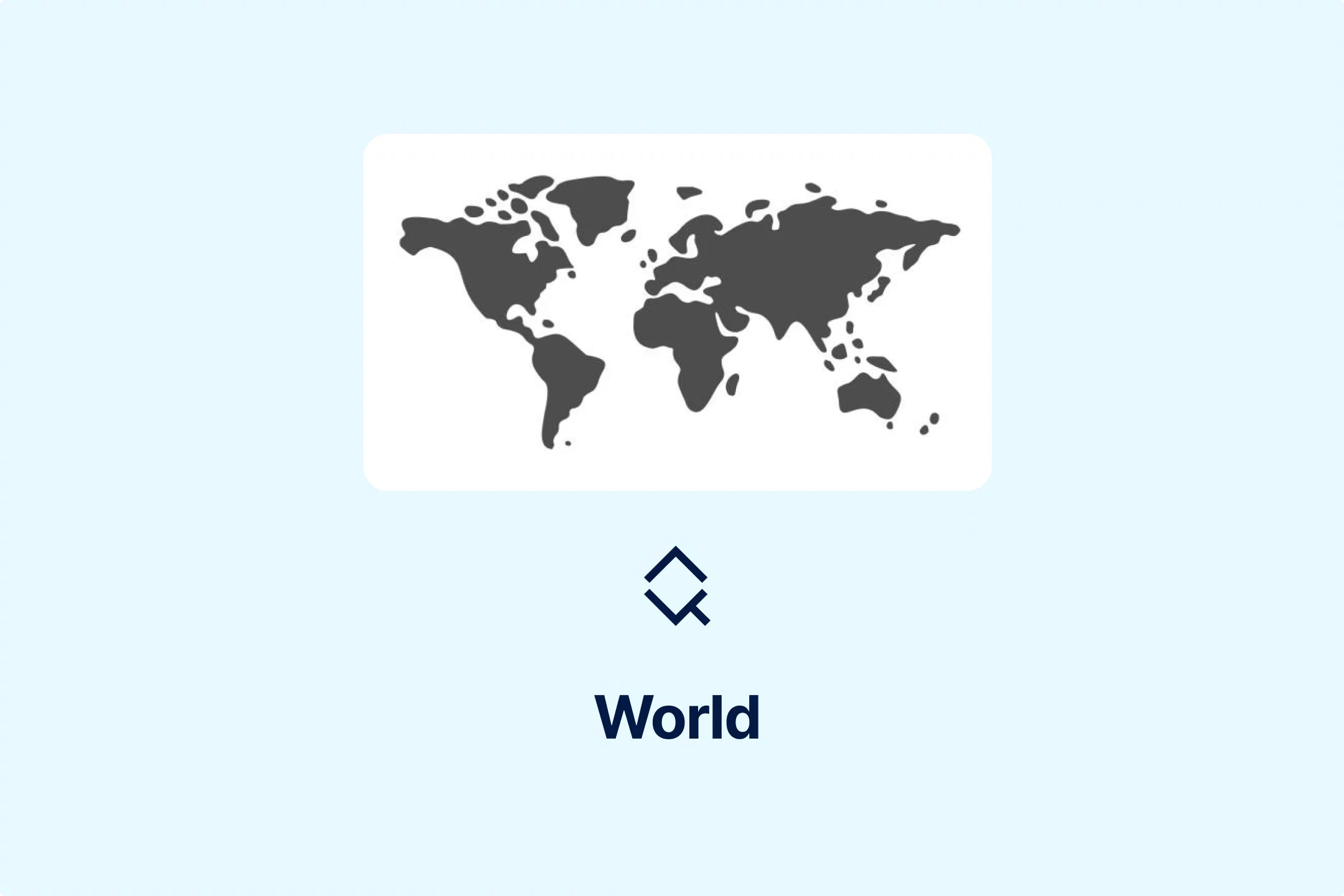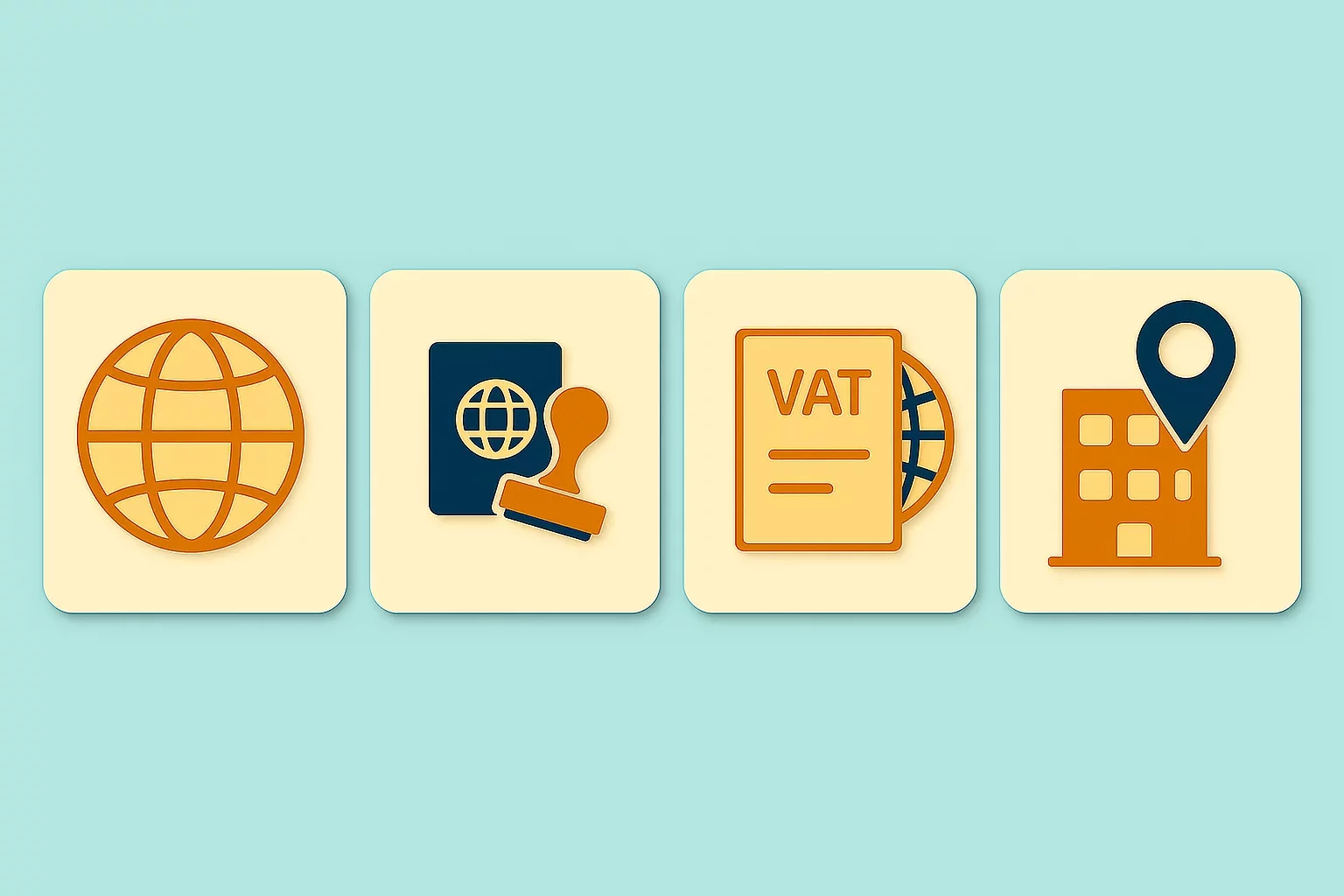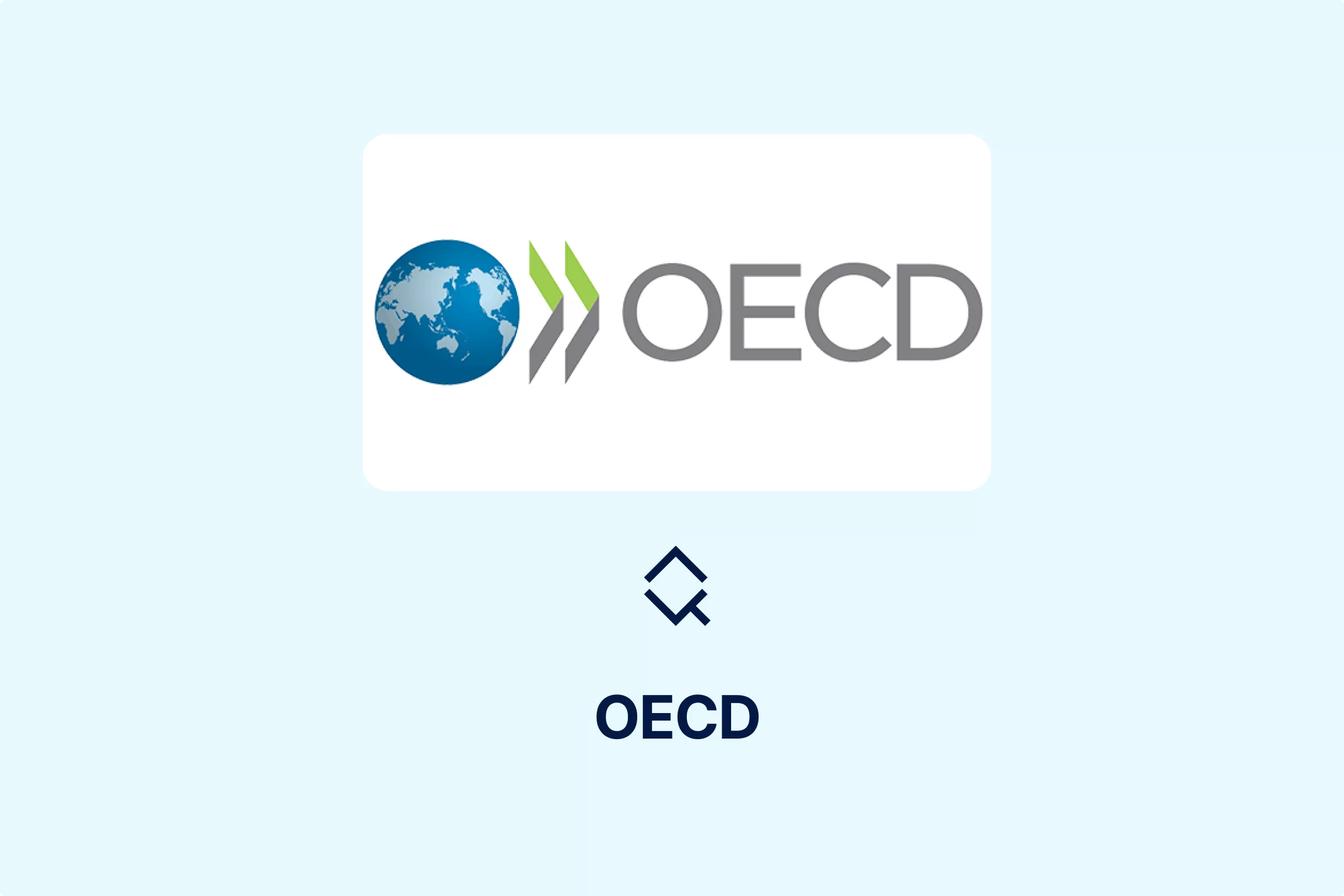The Decline of Low-Value Import Exemptions: Closing Gaps in Cross-Border E-Commerce

Summary
Countries are increasingly abandoning or tightening long-standing de minimis/low-value import exemptions for cross-border e-commerce.
These exemptions were designed to reduce administrative burdens for customs authorities, sellers, and consumers, and to facilitate trade, as the cost of processing low-value shipments once outweighed the revenue.
The explosion in the volume of low-value goods, particularly from China, has exposed the inefficiency of the old model. Key concerns include revenue losses for governments due to widespread undervaluation of goods, unfair competition for domestic sellers, and compliance and regulatory issues, such as product safety and environmental regulation screening.
The EU plans to remove its EUR 150 import threshold in 2026 (moved up from mid-2028). A temporary system with a simple duty-determination method and a handling fee (EUR 2 or EUR 0.50) will be introduced.
The US ended its USD 800 de minimis customs exemption for all countries in July this year, citing national emergency threats (like fentanyl) and large US goods trade deficits as justification. New ad valorem or specific duty-assessment methods now apply.
Japan is reviewing its JPY 10,000 (around USD 70) consumption tax exemption due to competitive disadvantages for domestic e-commerce. Potential solutions include requiring foreign sellers to register for and remit the import consumption tax.
🎧 Prefer to Listen?
Get the audio version of this article and stay informed without reading - perfect for multitasking or learning on the go.
Cross-border transactions and the import of low-value goods are on the rise, primarily driven by fast-fashion platforms and low-cost sellers. As consumers and sellers search for ways to buy and sell their goods more favourably, policymakers face the challenge of closing tax gaps and rethinking the long-standing thresholds that once allowed low-value shipments to evade duties or simplified processes. Designed as a tacitly accepted “loophole”, the de minims or low-value import exemptions are not under increasing pressure.
The Purpose of the Low-Value Exemptions
De minimis or low-value import exemptions are among the most essential customs concepts for e-commerce and international shipping. Historically, these terms have a twofold purpose. The first one is to reduce administrative burdens for both sellers, consumers, and national Customs and Tax Authorities. From this arises the second purpose: to facilitate trade.
However, this concept was developed and introduced in periods when parcel volumes were lower, and the cost of customs processing small, low-value shipments outweighed the revenue generated by taxing them. In other words, processing these shipments for customs purposes was more costly than the revenue generated. Thus, the Customs and Tax Authorities focused on more valuable shipments, setting the threshold under which consignments would not be subject to customs and taxes.
As e-commerce and cross-border transactions reached record highs, driven by customers' demand for inexpensive goods, the existing model proved inefficient in the digital age, where online platforms revolutionized global trade. Nevertheless, as volumes of low-value goods exploded, the rules and regulations began to cause more problems than they solved.
The Emerging Trend of Removing or Tightening Thresholds
The EU introduced the EUR 150 import threshold as part of its e-commerce VAT rules in 2021. However, in 2023, the European Commission proposed customs reform that included removing the set threshold. It has been determined that 4.6 billion low-value products were imported into the EU in 2024, amounting to 12 million parcels per day. This is a 100% increase in comparison to 2023, when 2.3 billion such parcels were imported.
Notably, 91% of low-value e-commerce parcels entering the EU were shipped from China. Moreover, the European Commission estimated that around 65% of declared low-value goods were reported at a value below their actual value to benefit from the exemption. The massive increase in both the volume of parcels and the number of declared undervalued goods raised several concerns, prompting the removal of the EUR 150 threshold.
The main reasons for such a decision include unfair competition, where low-cost non-EU sellers gain a competitive edge over EU-based sellers, and compliance and regulatory concerns about whether these low-value goods undergo proper product safety checks or environmental regulation screening. Additionally, due to undervaluation, EU countries incur revenue losses, which, in turn, lead to an increase in fraud cases. All combined exposed the administrative inefficiencies of the existing model.
On the other side of the Atlantic, in July this year, the US decided to end the de minimis customs exemption for all countries, which allowed goods valued at USD 800 or less to enter the US without duties. Even though Congress discussed the exemption and set July 2027 as the date it would end, the current US administration decided to remove the de minimis exemption for low-value commercial parcels and postal shipments.
The US justified this decision as necessary to address the national emergency threats, such as those posed by fentanyl and other illicit drugs crossing the US-Canada and US-Mexico borders, emergencies relating to the synthetic opioid supply chain emanating from China and Hong Kong, and tied to large and persistent annual US goods trade deficits, in addition to other reasons.
Japan is another country currently reviewing its rules and regulations on the consumption tax for imported low-value goods. Currently, if the total customs value of imported goods is below JPY 10,000 (around USD 70), they are exempt from consumption tax, customs duties, or tariffs. Given that Japan, like the EU and the US, faces an increase in imported low-value goods in 2024, primarily from China, the government estimated that the de minimis rule is putting domestic e-commerce platforms and sellers at a competitive disadvantage.
The New Systems That Supersede Previous Exemptions
Even though the EU planned to remove the EUR 150 threshold in mid-2028, the latest announcement made it official that it will remove the threshold in 2026, two years ahead of the scheduled establishment of the EU Customs Agency and the development of the EU Customs Data Hub, which should calculate customs duties for e-commerce transactions on an item-by-item basis.
As a result of removing the threshold ahead of the initial schedule, the EU governing bodies plan to introduce a simple, temporary method for determining the duties owed on these parcels. Additionally, the EU intends to impose a EUR 2 handling fee on low-value goods delivered directly to the customer or a smaller EUR 0.50 fee for parcels handled by a warehouse within the EU.
In opposition to the EU, the US took a different approach when defining new rules. Since the removal of the USD 800 de minimis threshold, following the tariffs the US imposed on all countries, new duty-assessment methods apply either as an ad valorem duty equal to the effective tariff rate for the country of origin or as a specific duty. The specific duty may apply only during the first six months from August 29, 2025, and is calculated as a flat fee of USD 80 to USD 200 per item, depending on the country of origin.
Regarding Japan, its de minimis regime was established in 1989, long before widespread internet use and the expansion of cross-border e-commerce. This fact, along with a 500% increase in cases involving imported low-value goods over the last five years, was a clear signal to the government that changes are needed. Although the de minimis rules are under review, it remains unclear what the final solutions will be.
However, there are some indications that Japan might remove the de minimis threshold and require that foreign sellers and online digital platforms register for consumption tax and remit import consumption tax on low-value imported goods directly. The second potential solution is to introduce a registration threshold for foreign sellers, requiring them to register for consumption tax. In this case, the de minimis rule would not apply to registered sellers.
Conclusion
What was once a pragmatic solution to facilitate trade became a structural weakness exploited by low-cost sellers. To address emerging issues, governments around the globe seek solutions to replace obsolete rules with a more transparent, equitable, and enforceable model. For businesses, the change in regulations means thinking about pricing, compliance, and sales channels. Consumers, on the other hand, may experience higher prices, but also potentially safer products and improved market fairness.
Source: OECD, European Commission, European Parliament, VATabout - EU Ends EUR 150 Customs Threshold to Curb Undervaluation, VATabout - US Suspends USD 800 De Minimis Customs Exemption in 2025, VATabout - Japan to Reform De Minimis Rule on Imported Low-Value Goods Amid Tax Concerns

More News from World
Get real-time updates and developments from around the world, keeping you informed and prepared.
-e9lcpxl5nq.webp)
























-7xdqdopxl6.webp)



-a9bz8kz2cs.webp)































